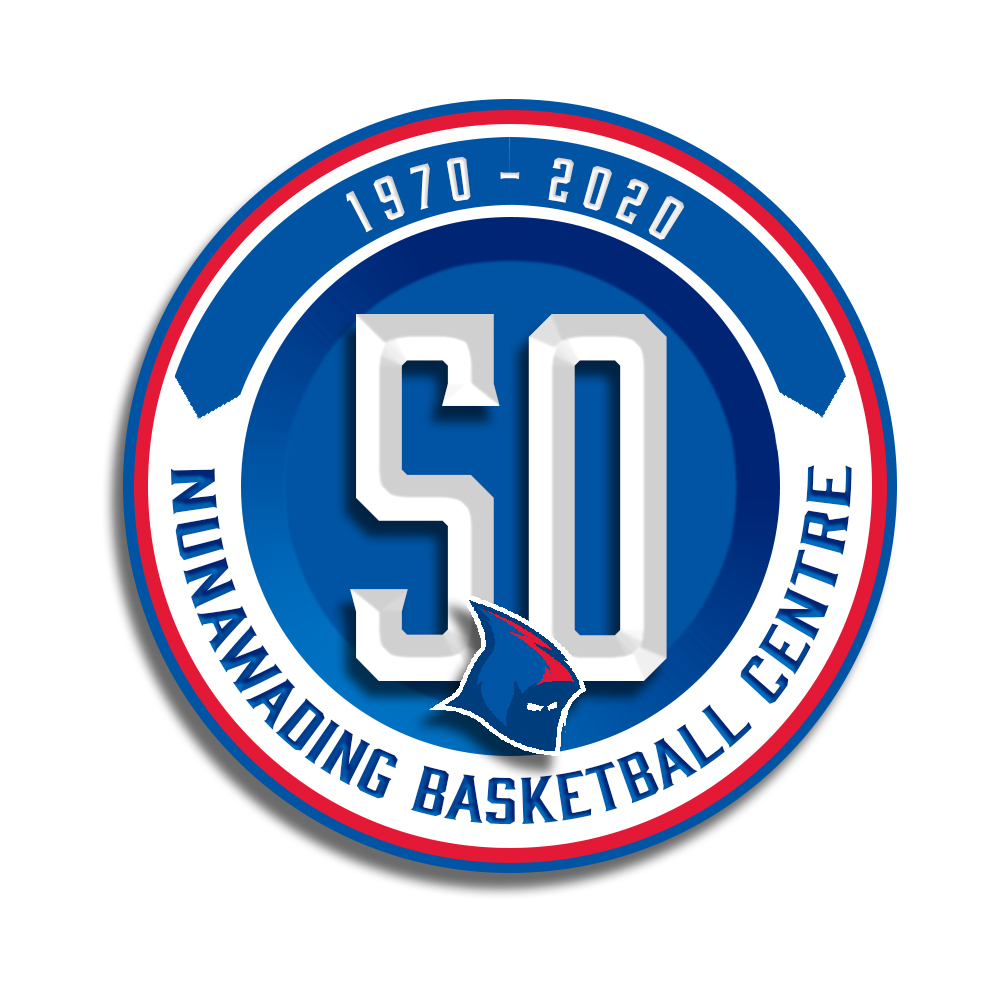Since officially opening its doors 24 July 1970 Nunawading Basketball Centre has been a celebrated trailblazer in Australian basketball history. The very first independent basketball stadium to operate outside of the Victorian Amateur Basketball Association (V.A.B.A.) umbrella, ‘The Stadium’ as it is affectionately known has featured as an essential backdrop to our sports rapid development through the ‘boom’ period to present day.
Home to the Melbourne East Basketball Association (M.E.B.A.) and its representative teams – the Nunawading Spectres, the Stadium has epitomized live sport from grassroots through to the elite level hosting both National and Women’s National Basketball League fixtures, international basketball exhibitions and major events such as the 1975 World Snooker Championships and subsequent World Professional Match Play Championships in 1976.
Located in East Burwood Reserve on Burwood Highway, Burwood East between Blackburn and Springvale Roads, the Stadium originally featured as a prestigious, purpose built two court facility. The crowning jewel to a body of work that commenced in 1963 with the formation of the Melbourne East Boys Basketball Association (M.E.B.B.A.).
The M.E.B.B.A. was an affiliate of the Victorian Association of Youth Clubs, providing junior summer competitions to teams from Box Hill Presbyterian, Hartwell Presbyterian, Vermont, Doncaster, Balwyn, Waverley and Bulleen. Games were played each Wednesday night and Saturday morning at venues such as the Vermont Youth Club and Box Hill Presbyterian Church Hall. Starting out with approximately 20 teams, the competition had grown exponentially by 1967 to include over 90 teams from the eastern suburbs. Winter competitions were conducted by the Presbyterian Men’s Basketball Association (P.M.B.A.) which has evolved into what is now the Eastern Districts Junior Basketball Association (E.D.J.B.A.).
The Melbourne East Men’s Basketball Association, an open age men’s competition was formed at a similar time out of the South Croydon Youth Club by the original General Manager of Nunawading Basketball Centre, Dennis O’Brien, and friend John Frost. As the competition expanded through the late 1960’s to utilizing an additional facility in Canterbury, the Croydon arm changed its name to become the Kilsyth Basketball Association. The M.E.M.B.A. moniker was later adopted by the junior boy’s competition before the ‘Men’s’ part of the name was dropped to acknowledge the introduction of women’s competitions in 1970.
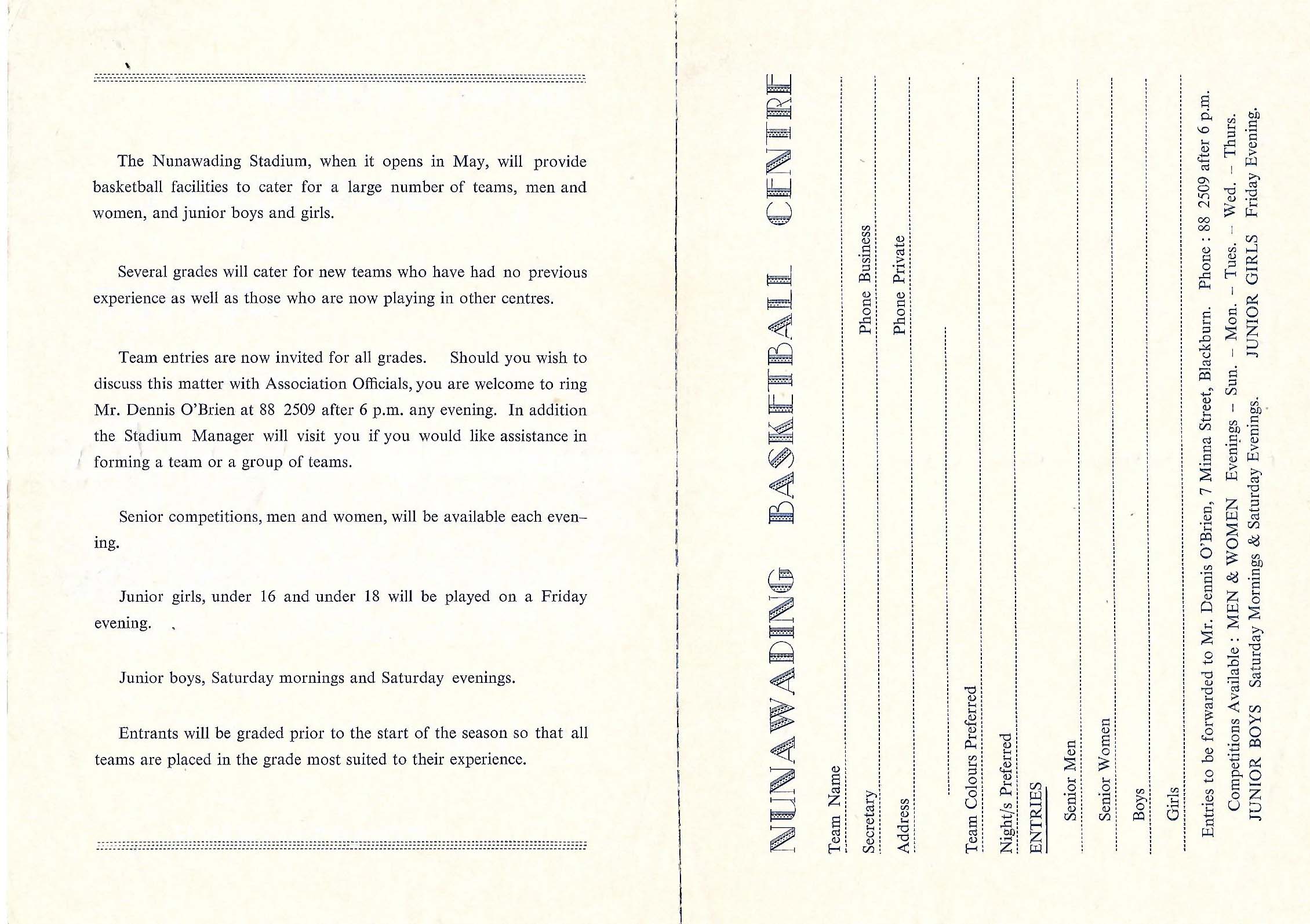
In 1966 the M.E.B.B.A. formed a sub-committee and presented to Box Hill Council a submission for a central stadium to be built in the eastern suburbs. Optimism developed as it appeared a four court stadium would be developed and paid for by Council at Surrey Drive, Box Hill South until a counter application was lodged by the directors of the Albert Park Basketball Stadium stating that the policy of the V.A.B..A. to control and build stadiums across Melbourne should be maintained. As a result of conflicting correspondence, the Surrey Drive project was abandoned by Council.
Basketball continued to grow quickly, especially through Melbourne’s eastern suburbs and in 1968 Reg Stacker invited the then Mayor of Nunawading, Cr Keith Rooney (Box Hill and Nunawading merged in 1994 to become Whitehorse) and members of the M.E.B.B.A. Building Sub-Committee to his house to discuss potential stadium development opportunities.
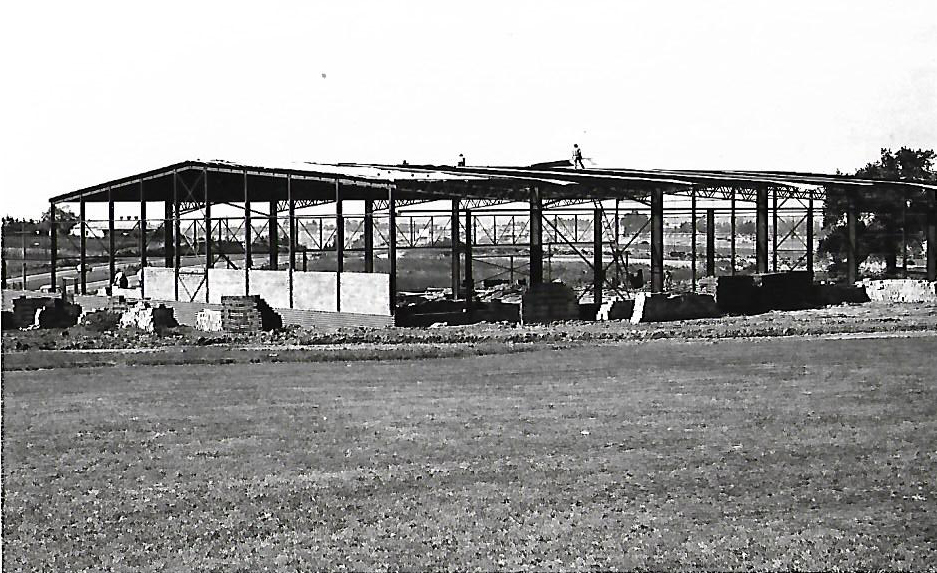
The Nunawading Council provided a site (now East Burwood Reserve) under lease and an initial cash grant of $6,000 for the proposed stadium and in a meeting at Alf Green’s home in 1969 the Melbourne East Basketball Association formed a Co-Operative based on the same structure at the VABA Co-Operative Community Advancement Society, known as Nunawading Amateur Basketball Association (N.A.B.A.) to raise an additional $100,000 to build a two court facility. N.A.B.A. included Alf Green, Charlie Helmore, Ian Loxton, Ian McRobert, Jack Nicey, Dennis O’Brien, and Reg Stacker. The basketball community banded together as loans were sought from junior clubs, together with association members and their families along with the Metro Amateur Basketball Association on the provision it could access the facility on a Wednesday night. The realization was a stadium being built for basketball by basketball.
On 24 July 1970, the Nunawading Basketball Centre was officially opened by then Victorian Premier Dick Hamer. A purpose built two court stadium staffed entirely by volunteers to facilitate basketball – the home of hoops in Melbourne’s eastern suburbs. History was made!
The M.E.B.A. boasted 138 teams when the ‘Stadium’ opened its doors in 1970, and as basketball soared in popularity so too did team registrations, M.E.B.A. almost tipping the 400-team mark in 1977. The M.E.B.A. took a few hits when the E.D.J.B.A. split, with the two associations opting to conduct both summer and winter competitions independently, when Kilsyth opened its own two court facility and once more when Knox opened its three-court stadium in Boronia.
Events such as Art Shows and the World Snooker Championships were held at the Stadium, primarily as fund-raising projects and in 1983 Nunawading Basketball Centre opened Courts 3 and 4 with thanks to additional support (interest free loan) provided by Nunawading Council.
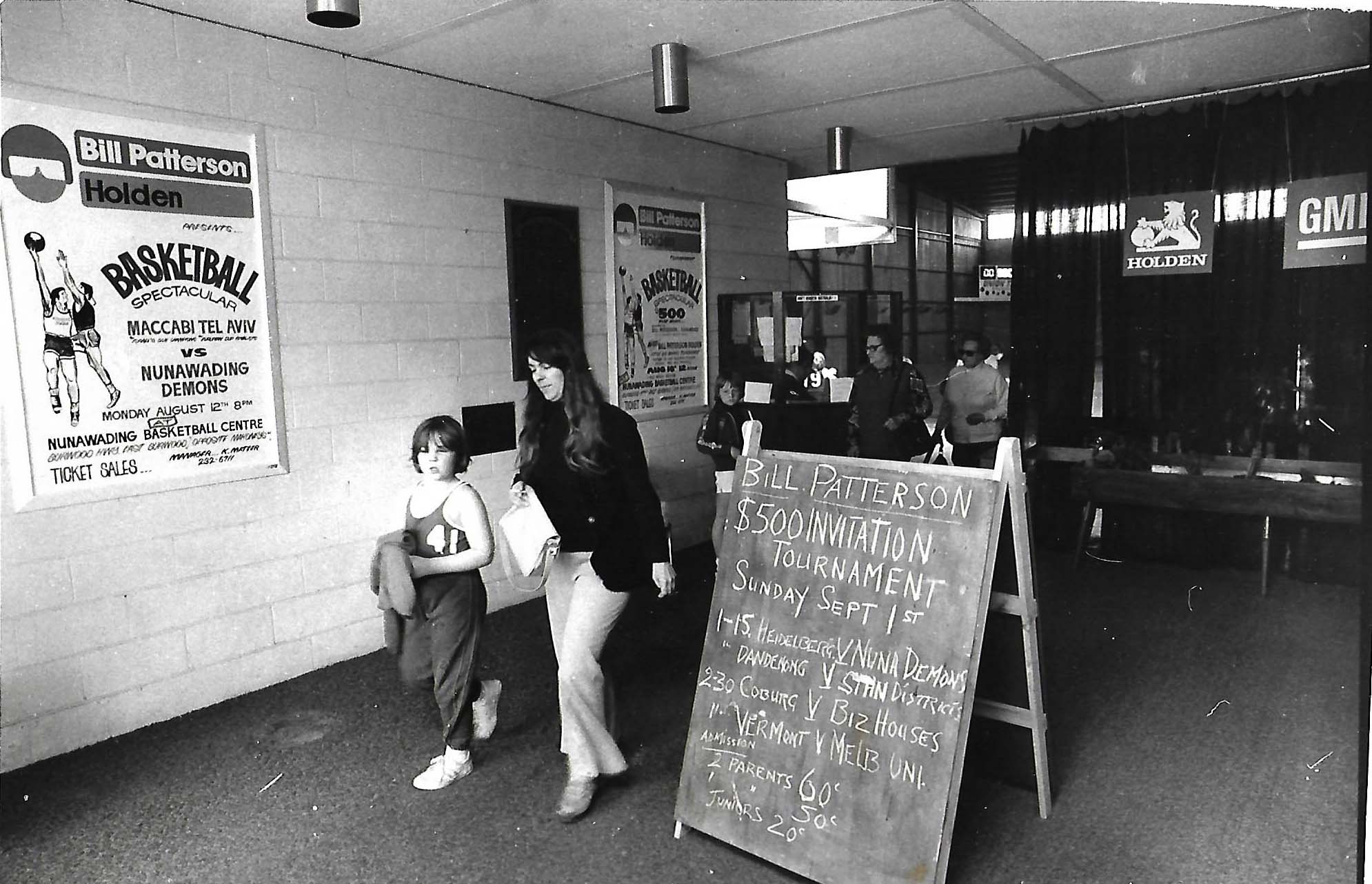
In 1985 Dennis O’Brien, who had been managing much of the Stadium’s administrative load on behalf of N.A.B.A. was appointed the full-time manager of the Stadium, a position he continued through to 2011, succeeded by current CEO Mark Hallett.
By 1989 the M.E.B.A. had reached 400 teams and Court 5 was added to the Stadium, again with the support of Nunawading Council in the form of an interest free loan. The M.E.B.A. held the title of Victoria’s largest association over the next five years, tipping the count at 1,100+ teams.
Despite numerous efforts that remain ongoing, and the pressures of an ever-expanding association no further courts have been added to the Stadium since Court 5’s inclusion in ’89. With new facilities popping up across Victoria, the N.A.B.A. approved a $1.5million upgrade to Nunawading Basketball Centre in 1997 which included a façade, conference rooms, change rooms, lounge (now Hall of Fame), administration offices and improved canteen facilities bringing the aging facility back to life.
The N.A.B.A. has continued its commitment to reinvesting into the sport, with numerous facility upgrades including new roofing, scoreboards, backboards, lighting, and security all part of regular scheduled improvements. The administration team has grown to meet the increasing demands of a growing sport and the Stadium plays an active role in facilitating community engagement strategies and the delivery of our school basketball programs.
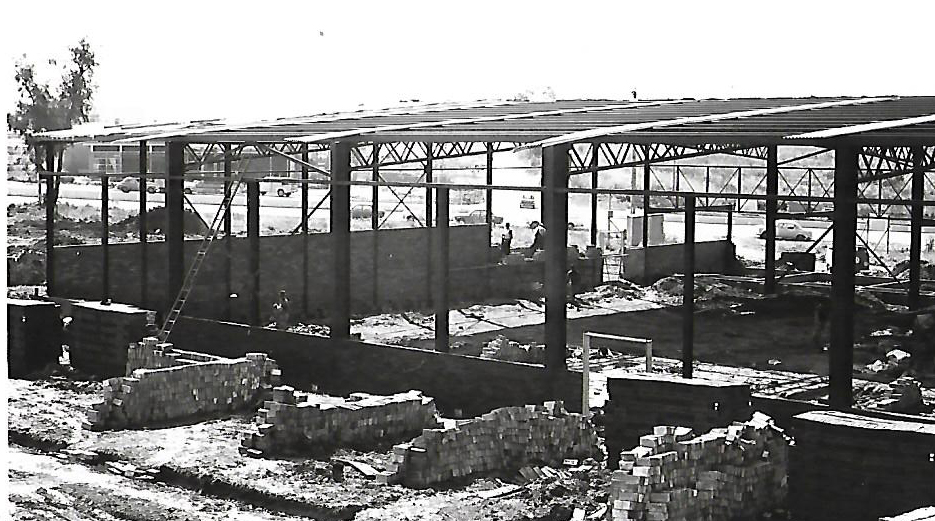
With over 30 years of community service, the N.A.B.A. faced a dire situation in 2002 when their insurance provider since opening advised of their withdrawal from the ‘public liability’ market due to increased litigation. An extensive 3-month search for appropriate cover returned no result and it was almost certain that the Stadium would be forced to close its doors – a scenario that made national headlines across print, radio, and network tv. Two days before closure, a white knight insurer emerged providing cover for the Stadium, allowing grassroots hoops to continue and we have not looked back since continue to operate as one of the most vibrant hubs in Australian basketball.
In 2011, the Nunawading Basketball Centre unveiled its inaugural inductees to the Hall of Fame – 73 inductees made the honor roll including 12 of the absolute best being bestowed legend status. A second class was inducted in 2015, the third scheduled for this year in line with 50日 Anniversary celebrations which has since been postponed due to the existing global Covid-19 pandemic.
Over the coming weeks we will look to shine the spotlight on some of the more historical moments in the Stadiums 50 years, including what we hope the road ahead looks like. Half a century on, a couple of things remain certain.
- The story of the stadium belongs to the community within it
- We have not finished blazing our trail
